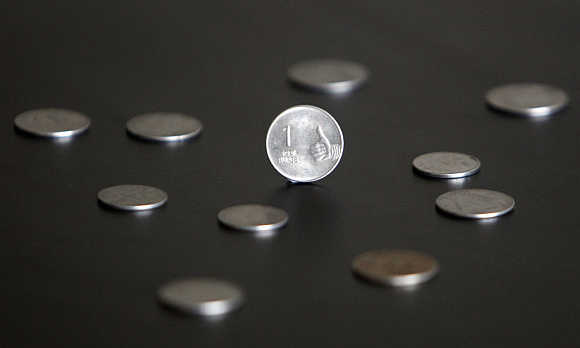
The rupee has been the worst-performing emerging market currency in the recent sell-off
For the record, problems for the Indian rupee did not suddenly erupt a few weeks ago when financial markets globally began to digest the implications of the US Federal Reserve’s tapering of its quantitative easing. The rupee has been in the doghouse since the end of 2007, just before the global financial crisis erupted the following year.
It has depreciated a whopping 34 per cent since then. Over the same period, ADXY, a weighted-average index of currencies of emerging Asian economics, appreciated a little over one per cent. At a global level, the rupee’s depreciation pegs it as the third worst-performing currency (after the Argentine peso and the Turkish lira) among emerging market currencies.
The rupee has been the worst-performing emerging market currency in the recent sell-off - it has depreciated around 10 per cent since the end of April, behind the South African rand and the Brazilian real. In fact, it is the only Asian currency in the top-five worst-performing emerging market currencies.
This ranking is valid, whether it is based on change since end-2007 or since end-April. The official explanation for the most recent sell-off has been that the impact was similar across the currencies of economies with a high current account deficit.
...
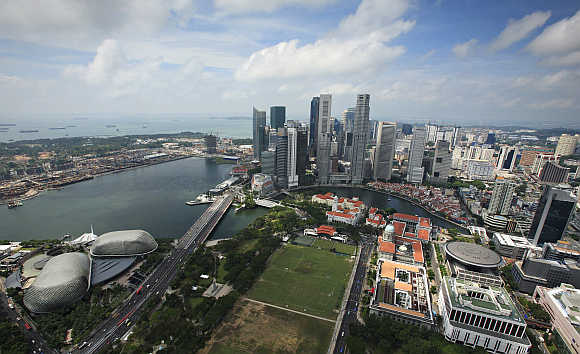
This is an incomplete assessment at best. The rupee suffered much more than the Turkish lira, despite Turkey’s much worse current account deficit. The rupee and the Brazilian real suffered as much despite India’s much worse current account deficit. Even Singapore, which runs a mind-boggling current account surplus of nearly 20 per cent of GDP, saw its currency weaken.
What is more striking is that the recent correction in commodity prices should have been generally positive for the rupee but that has not been the case. The real trigger was the churn in the capital account of the balance of payments. This is why currencies with heavy dependence on risk-driven foreign capital suffered much more, and their performance was closely packed.
The Singapore dollar weakened mainly because the need for parking in “safe haven” currencies declined as the outlook for the US dollar improved and US bond yields rose. Unfortunately, the rupee’s adjustment continues to be misunderstood. It is fashionable to focus mainly on the current account deficit.
It was this focus that bred an exuberance about the rupee’s prospects following the decline in gold and crude oil prices in April. Also, the rupee had been stable in a relatively tight range of 53-56 per US dollar for nearly a year before the latest rout.
...
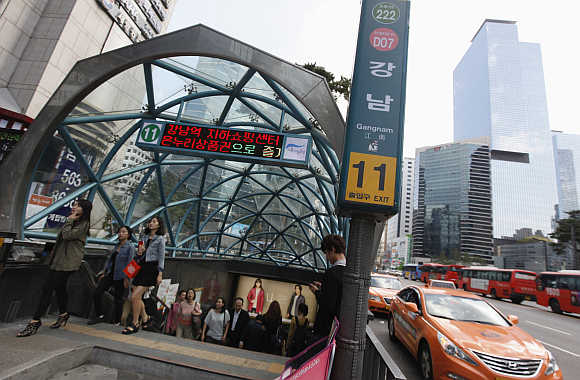
This led to complacency about the risks to the currency. However, global factors alone cannot explain the outsized move on the rupee. Changes in expectations about the rupee’s prospects and the subsequent repositioning gave the adjustment its own momentum.
Among emerging market Asian currencies, the rupee and the Korean won are the only currencies that have depreciated in real effective exchange rate, or REER, terms since the end of 2007. At 16.4 per cent, the won’s REER depreciation is significantly higher than the rupee’s 6.5 per cent. What makes this outcome striking is that the nominal depreciation against the US dollar of the rupee (34 per cent) is much higher than the won’s (19 per cent).
Basically, India’s higher inflation relative to that of its trading partners is responsible for the rupee’s smaller REER depreciation despite the outsized nominal depreciation. There continues to be a built-in inconsistency in India’s approach to its currency. This inconsistency is reflected in the government’s actions to implicitly target a narrow range for the rupee by attracting volatile capital inflows, despite India’s significant inflation differential.
...
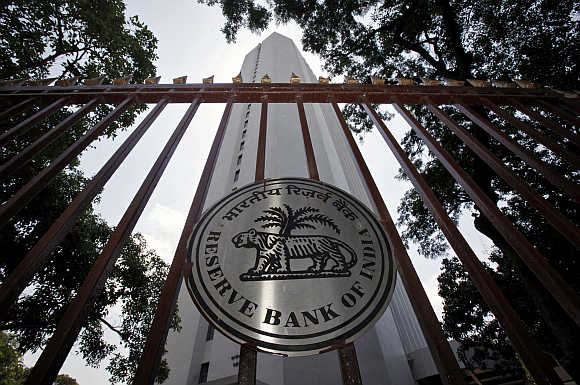
In light of the Reserve Banks of India’s hands-off approach, the rupee’s stability under the government’s game plan is only possible if capital inflows are consistently stable and adequate. This is a tall order for an economy where dependence on risk-driven capital inflows has been increased by conscious policy choices.
India is a capital-starved and supply-constrained economy, which needs foreign capital. But policy actions have made the economy more vulnerable to an adverse global liquidity cycle. The government deserves credit for taking some long-overdue decisions, but these remain inadequate relative to challenges staring at them.
There has been little effort to improve the ease of doing business or in making India more competitive. The clampdown on gold imports is evidence of the misinterpretation of what is happening in the balance of payments. Apparently, restricting the supply of an item is expected to ease its demand. This is similar to policy thinking in the 1970s. Yes, physical official gold imports will decline because of the restrictions, but that doesn’t mean that demand for a hedge against currency depreciation will disappear.
...
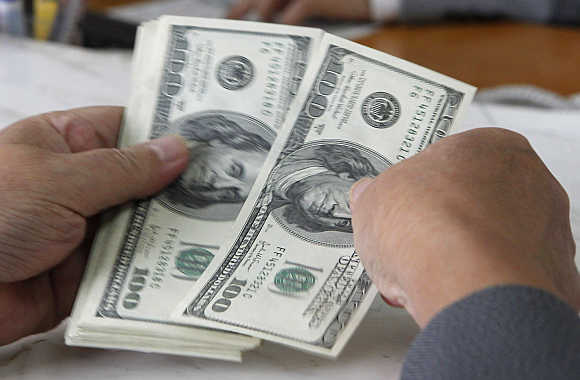
The surge in gold demand since the global financial crisis is a symptom of the underlying imbalances rather than the main problem. It should be thought of as reverse capital flight by Indians.
It echoes lack of confidence in the government’s ability to deliver sustained low retail inflation and currency stability. In fact, with more favourable prospects for the US dollar, the need for a hedge against rupee weakness will now be possibly met by increased physical demand for US dollars. Over the next couple of years, the US dollar is poised to appreciate, US bond yields will rise and, eventually, US policy rates will move up.
It’ll be difficult for Asian currencies to offset the evolving global capital flows cycle, which will be a reversal of the excessively easy global liquidity conditions that benefited all emerging market currencies. Volatility and short-term respite aside, more nominal depreciation lies in store for Asian currencies. Additional foreign liabilities for India, the government’s chants of “don’t panic”, the RBI’s currency intervention and early release of favourable data are not lasting solutions.
The rupee will probably find some near-term respite before it weakens again. But it will certainly depreciate again. Selling the rupee as it rallies, to reiterate my long-held view, is going back to the pre-2002 years of annual depreciation.
...
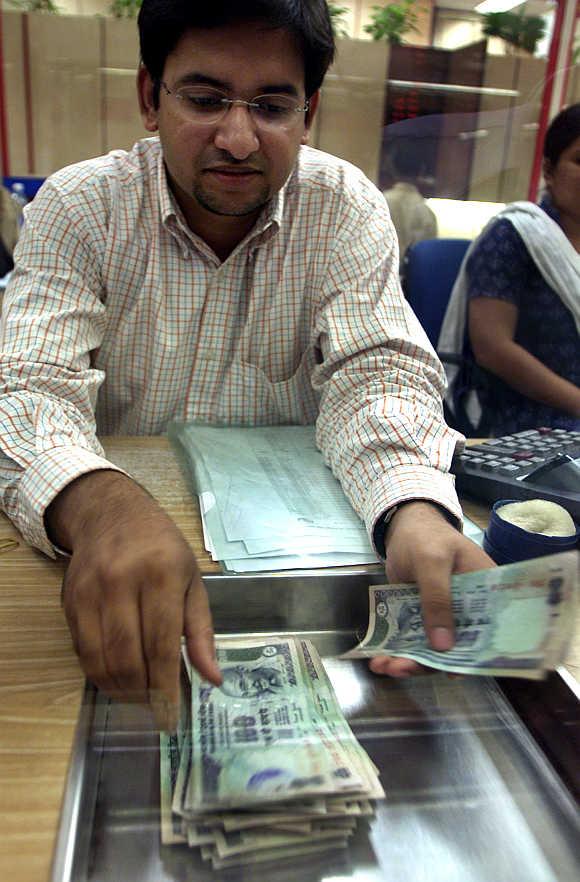
The seductive appreciation between 2002 and 2007 was an aberration, thanks in large part to the amphetamine-like effect of the surge in global liquidity. Get over it now, as countries with high relative inflation typically have depreciating currencies.
The government is yet to acknowledge the brave new world that awaits us. Businesses are not prepared and analysts have yet to revise expectations. The RBI is probably more up to date, but real sector changes are not its mandate. Structural changes will indeed be constructive; they are also desperately needed. But here is a reality check: even the path-breaking reforms and the rupee’s devaluation in the early 1990s that were forced upon India did not sustainably alter the rupee’s directional depreciation.
Prepare for the rupee at 65-70 per US dollar next year. That still won’t be the end of the story.
The writer is senior economist at CLSA, Singapore. Views are personal.